Search by posts
Calendar
Product Categories
Industry News
 By Admin
By Admin
Why is the Pneumatic 20MM pneumatic belt sander so popular in the manufacturing industry as a tool for efficient grinding?
The Pneumatic 20MM pneumatic belt sander is driven by compressed air and uses a high-speed rotating belt for efficient grinding. It is widely used in many fields such as metal manufacturing, woodworking, and precision parts processing. This article will explore in depth why this pneumatic belt sander has become a key equipment for improving production capacity and quality in the manufacturing industry from the three aspects of "efficiency performance", "processing quality" and "durability and maintenance".
High-speed and efficient grinding experience, how much time can this pneumatic belt sander save?
Compared with traditional manual grinding or inefficient mechanical grinding, one of the biggest advantages of the Pneumatic 20MM pneumatic belt sander is that it significantly improves grinding efficiency. It is driven by a high-performance pneumatic motor inside, and the belt is driven by compressed air to rotate at high speed to quickly process the surface of the workpiece. The belt width is 20 mm, which is suitable for processing parts of various specifications and shapes.
In the production process, especially when facing batch operations and repeated grinding tasks, the equipment can run continuously and at high speed, greatly shortening the processing time of a single piece and increasing the output per unit time. Whether it is metal deburring, or surface leveling and cleaning of workpieces, this equipment can complete it with extremely high efficiency, greatly reducing the intensity of manual operation. Because it uses compressed air drive, it is not easy to affect the stability due to voltage fluctuations, and it can still maintain uniform and stable power output in high-intensity continuous operations. This feature also makes it the first choice in high-frequency grinding scenarios such as automobile manufacturing, mechanical repair, and mold processing.
How does this sanding machine ensure product accuracy?
In addition to the advantages in efficiency, the Pneumatic 20MM pneumatic sanding machine also performs well in processing quality. The high-quality sanding belts it uses not only have good wear resistance and stability, but also can be replaced with sanding belts of different models and particle sizes according to different material requirements, realizing free switching from rough processing to fine processing.
The high linear speed brought by the high speed makes the contact between the sanding belt and the workpiece more uniform, thereby effectively avoiding problems such as local overheating, scratches or surface roughness during processing. This is especially important when processing materials with high surface treatment requirements such as stainless steel and aluminum alloy, which can significantly improve the finish and consistency of the finished product.
This belt sander is not only suitable for plane grinding, inner hole polishing, and outer circle finishing, but also can flexibly cope with the grinding tasks of irregular shapes and special-shaped parts. For parts that are difficult to reach with traditional tools such as long strips, curved surfaces, and corners, the 20MM width design is more flexible and can go deep into details and accurately trim.
The processing depth and shape are also easier to control. By replacing different belt tension and angle adjustment accessories, the operator can perform delicate directional grinding on the surface of the workpiece, which greatly improves the overall processing accuracy, making the final product not only meet the standards, but also more high-end texture.
How is the stability of the equipment?
In long-term operation scenarios, the stability and durability of the equipment are crucial. The Pneumatic 20MM pneumatic belt sander also lives up to expectations in this regard. The whole machine has a compact structure design and a stable center of gravity. The shell and key components made of high-strength alloy materials can effectively resist external shocks and vibrations, ensuring that they will not deform or loosen during long-term operation.
The configuration of high-quality bearings and transmission components enables it to maintain extremely low noise and vibration levels during high-speed operation, which improves the comfort of use and extends the service life of the equipment. The operating handle adopts ergonomic design, which is comfortable to touch and reduces the fatigue of operation, so that the operator will not be easily fatigued even if it is used continuously for a long time.
In terms of maintenance, this belt sander is also thoughtful. Replacing the belt is convenient and quick, without the need for complex tools; the belt tension adjustment system is intuitive and easy to use, and can quickly complete the replacement and adjustment of the belt; common fault repair parts are easy to disassemble and inspect, which greatly reduces maintenance time and labor costs.
Because pneumatic tools do not inherently involve complex circuits and electronic components, the overall failure rate is lower, and they are not easily affected by harsh environments such as high temperature, humidity, and dust. They are suitable for various high-intensity industrial production sites, such as foundries, heavy industrial workshops, etc.
Recommended products
-
RH-464 Pneumatic Corner Needle Scaler
-
RH-460 Mini Compact Pneumatic Air Needle Scaler
-
RH-462 Portable Industrial Straight Needle Scaler
-
RH-7034C Portable Pneumatic Chamfering Machine
-
RH-7034B Central Pneumatic 4" Air Angle Grinder
-
RH-7034D 7" Hand Held Angle Grinder
-
RH-160 1/2" Drive Single Hammer Air Pneumatic Impact Wrench
-
RH-160K Cordless Electric Rechargeable Air Impact Wrench Kit
-
RH-112 1/2" Universal Electric Ratchet Wrench Hand Tool
-
RH-128 1/2" High Torque Electric Ratchet Wrench
-
RH-138 3/8" Long Head Portable Cordless Electric Ratchet Wrench
-
RH-148 1/4" Electric Battery Ratchet Wrench



 عربى
عربى 中文简体
中文简体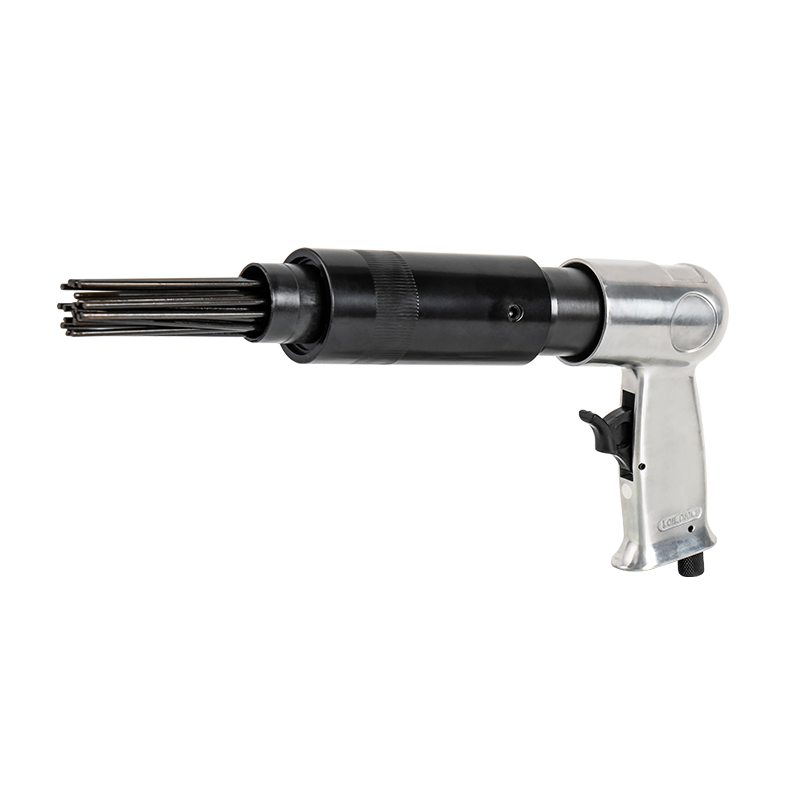
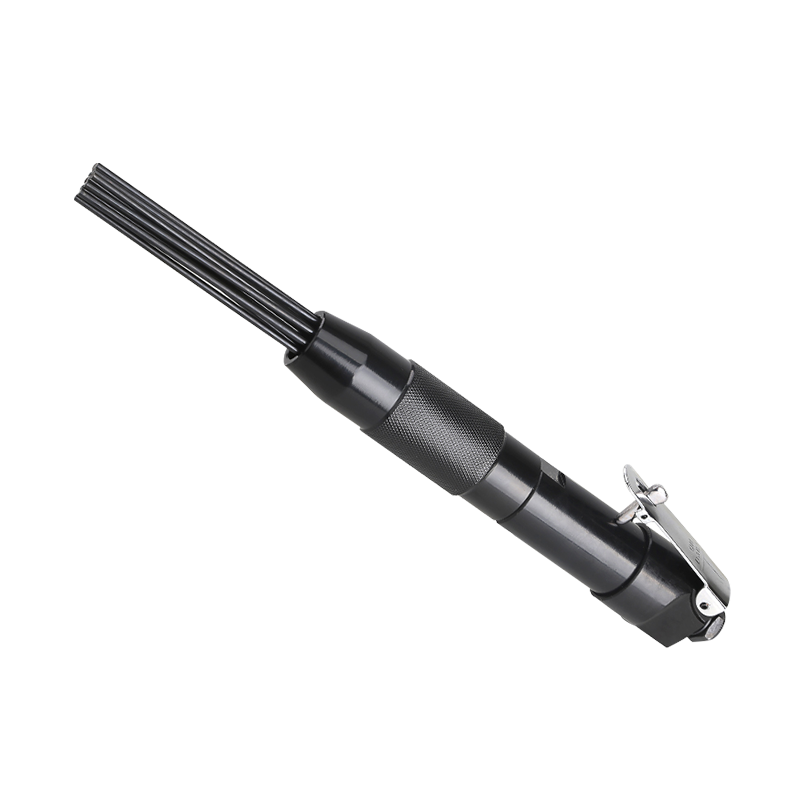
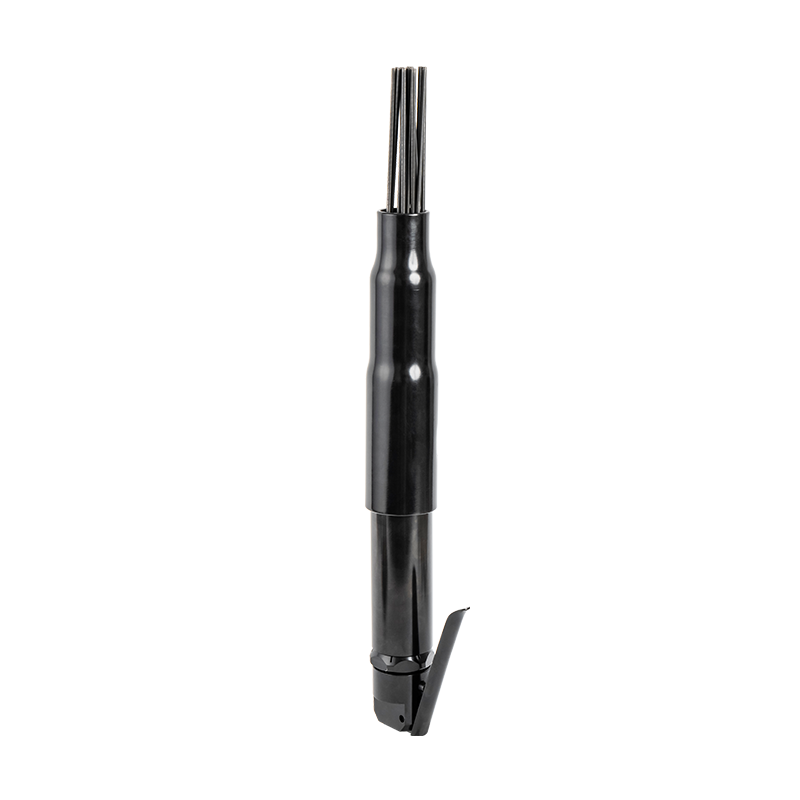
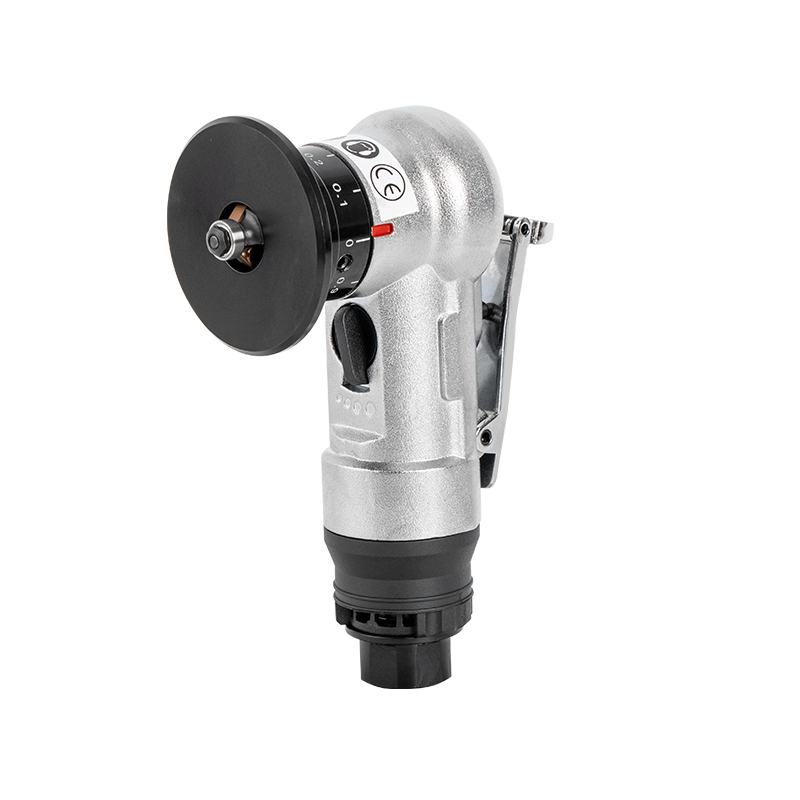
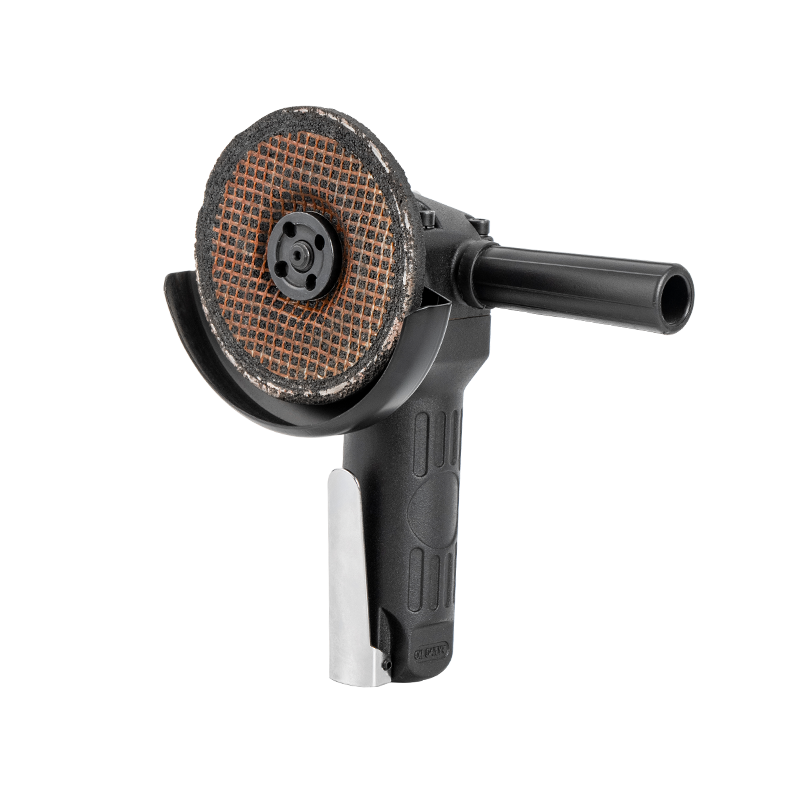
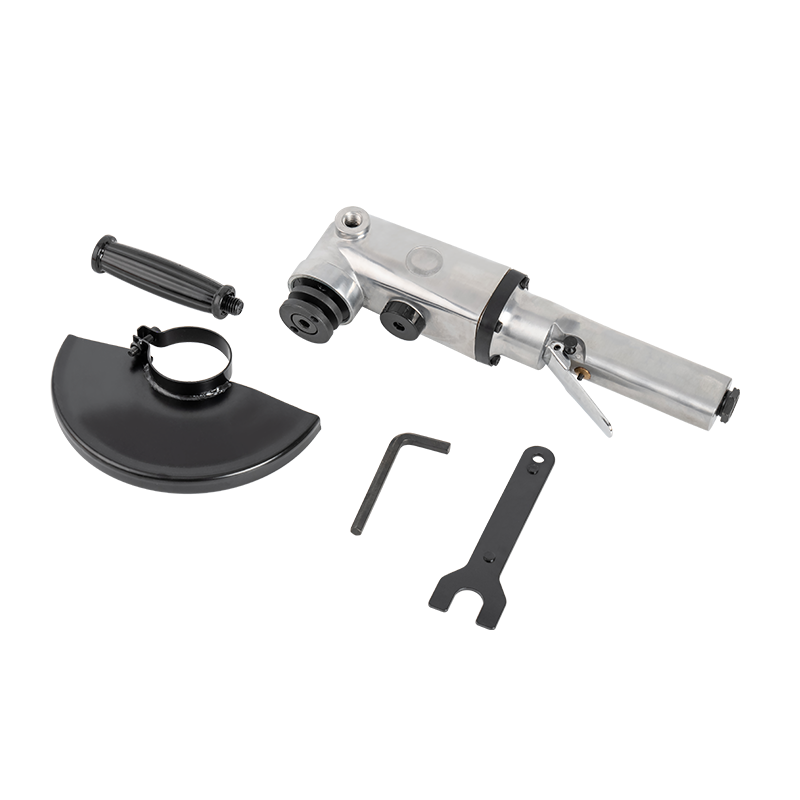
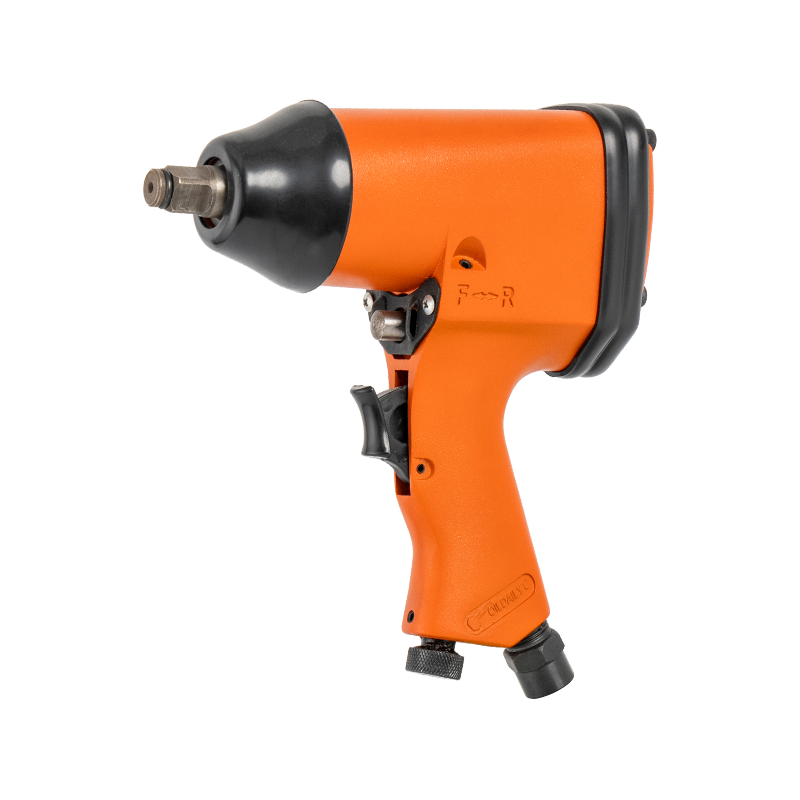
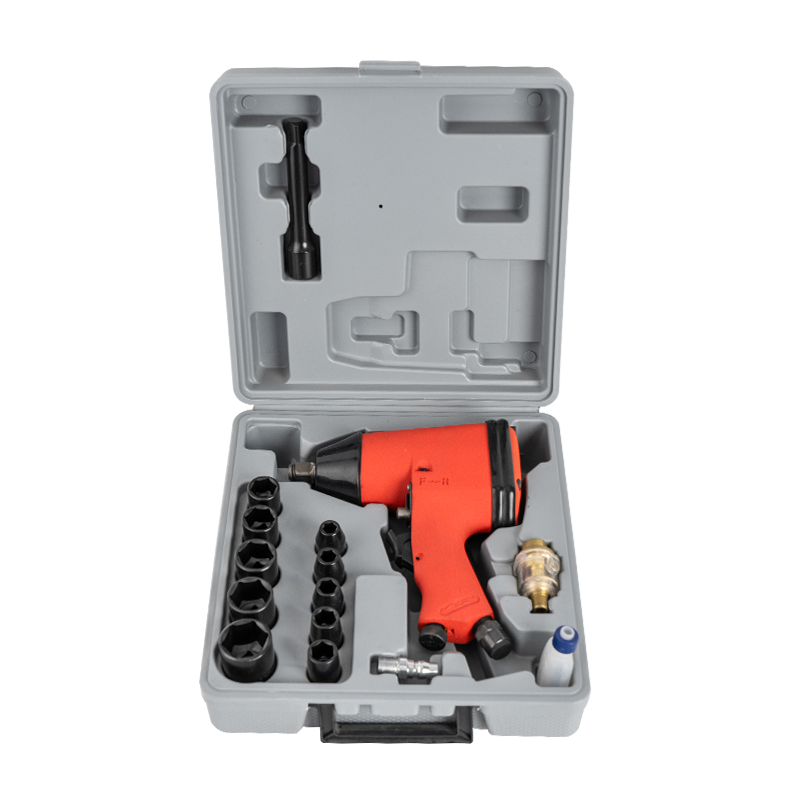
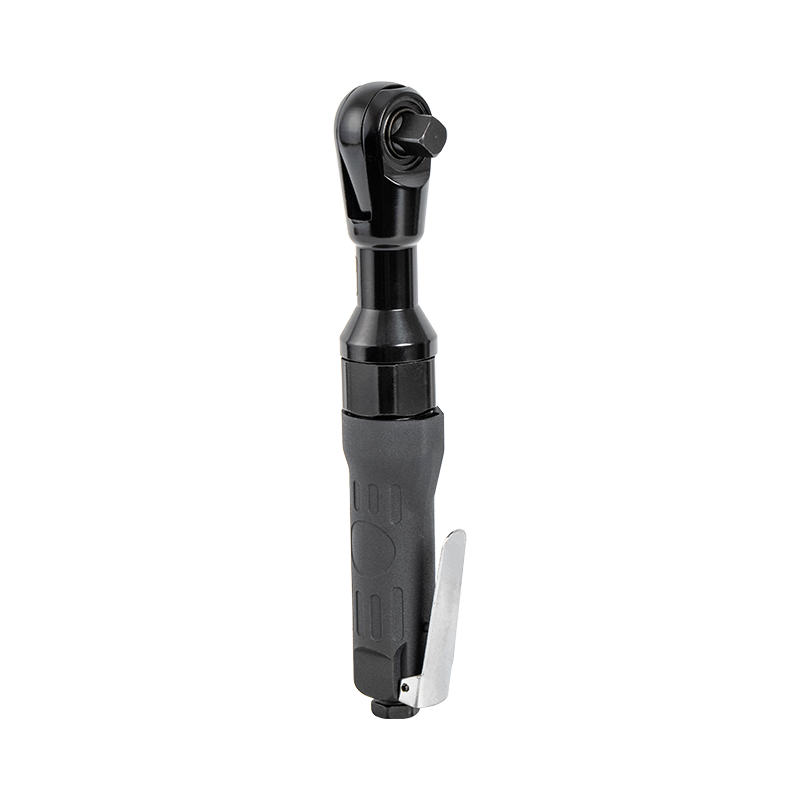
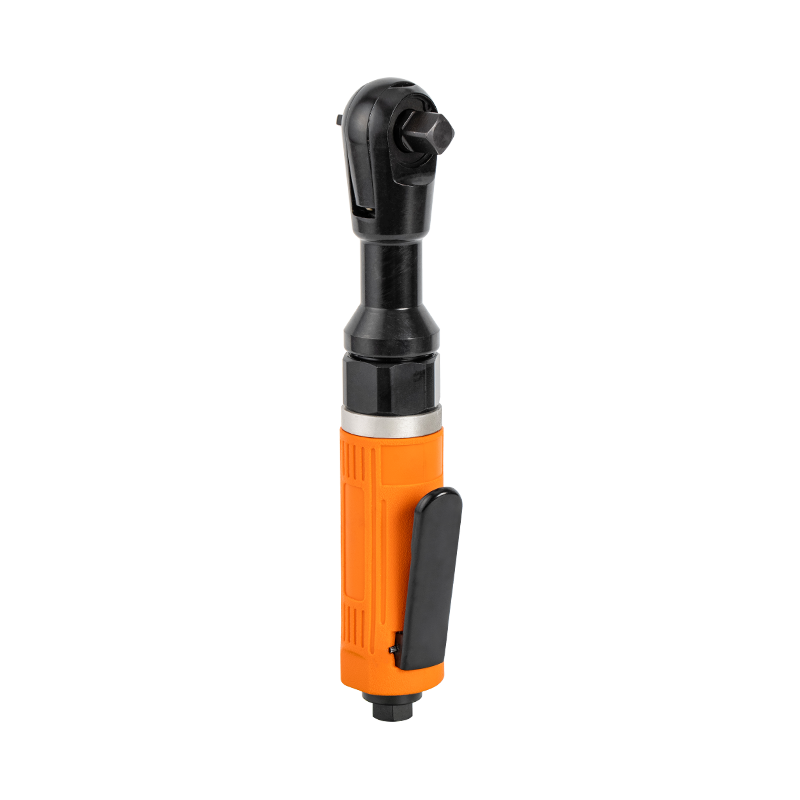
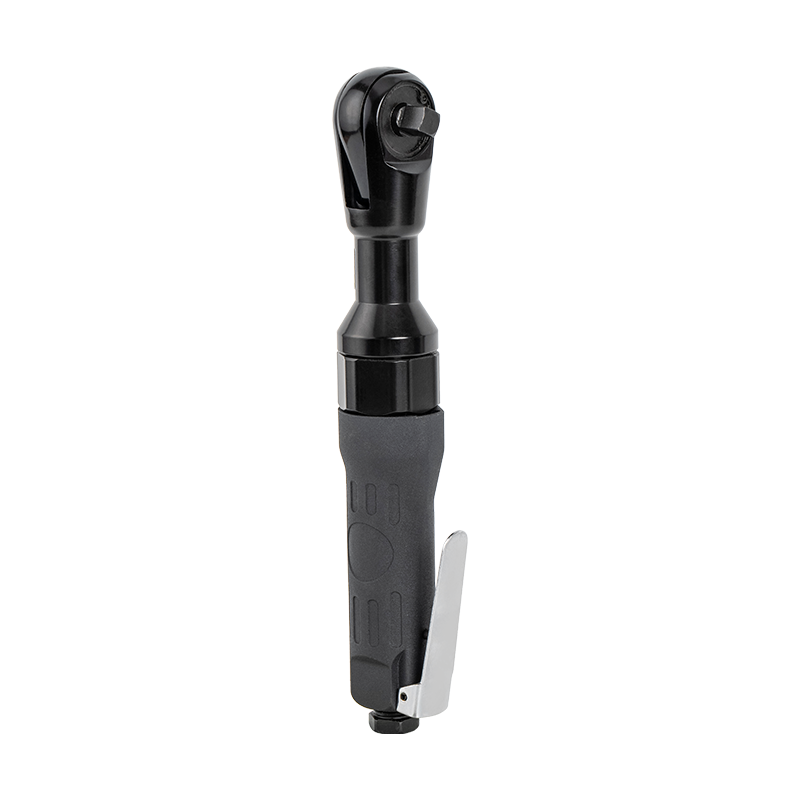
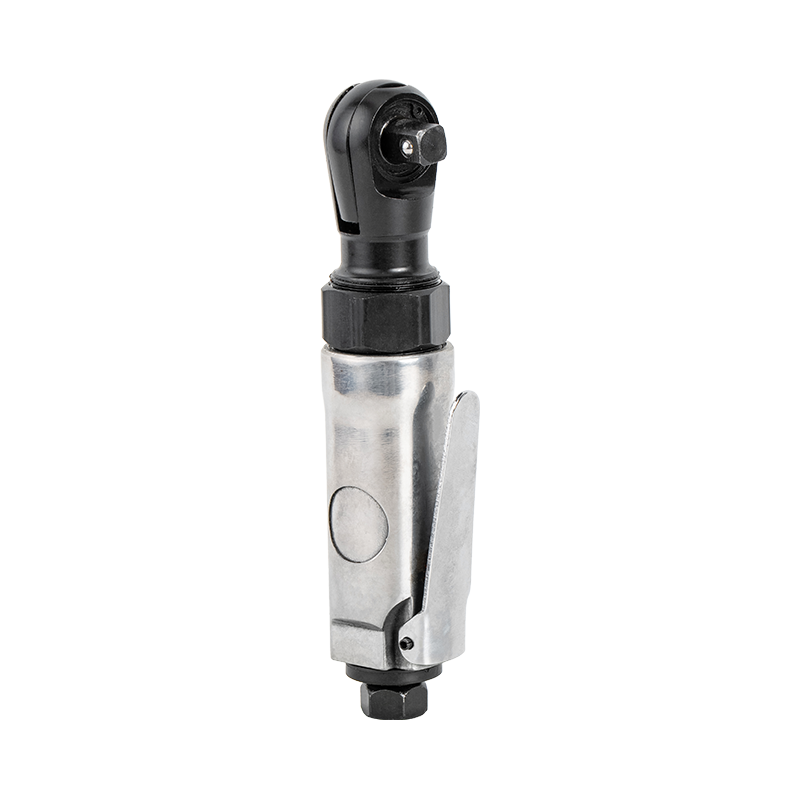
 Address: Jiangbei District Ningbo City in Zhejiang Province by the Keli industrial ParkL Building 15th
Address: Jiangbei District Ningbo City in Zhejiang Province by the Keli industrial ParkL Building 15th Phone: +86-139 0668 0779
Phone: +86-139 0668 0779 Tel: +86-139 0668 0779
Tel: +86-139 0668 0779 Fax: +86-139 0668 0779
Fax: +86-139 0668 0779 E-mail:
E-mail:

